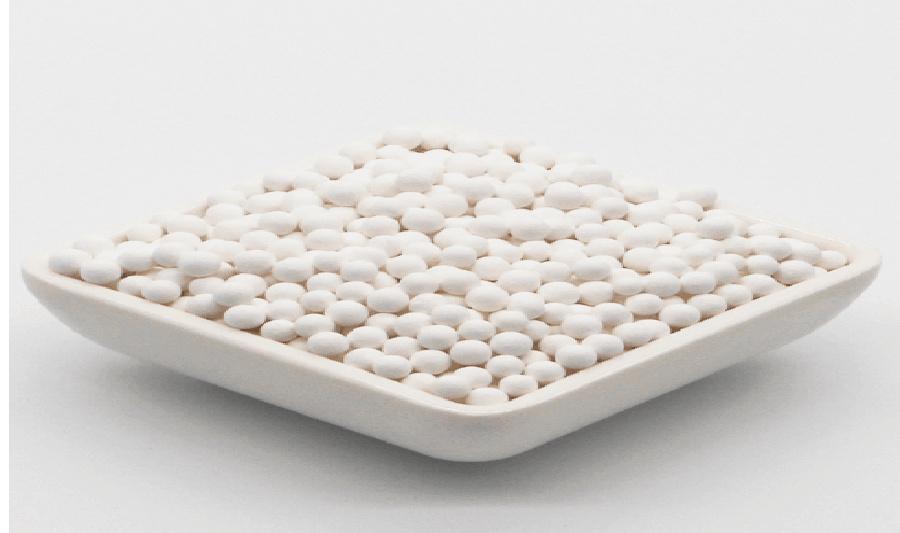ZSM-5 is a synthetic zeolite which contains silica (Si) and alumina (Al) with the ratio of silica greater than the alumina. The catalyst is known as ZSM-5 because it has a pore diameter of 5 (angstroms) and it has more than five Si/Al ratios. The catalyst has a high production cost and a complex production process which is highly influenced by time and temperature. Based on that fact, the focus of this research is studying the production process of ZSM-5 and investigating the effect of time and temperature on the crystallinity and the morphology of ZSM-5. In this research, Latourette et al. method was used, followed by the calcination at different temperatures (500 °C, 600 °C, 700 °C, 800 °C) in 5 and 7 hours. Subsequently, ZSM-5 was characterized using XRD (X-ray Diffraction) and SEM (Scanning Electron Microscope). The XRD analysis shows that the peak of standard ZSM-5 synthesis is at 2 theta degree 23. Prior to the calcination, ZSM-5 has an average crystallinity of 37.7337%. However, after the calcination, the crystallinity of the catalyst increased as the temperature rises. At 500 °C, 600 °C, 700 °C, and 800 °C the crystallinity increases to 39.1959%, 44.0927%, 42.9425%, and 44.8806%, respectively. Meanwhile, calcination time affects the XRD peak intensities by increasing the ZSM-5 crystal cores. The longer the calcination time, the higher the peak intensity is.

"Note:This is normal specification, in case of a particular application, application, please contact us by email at info@fznewmaterials.com for technical information."
NEWSLETTER SIGNUP
By subscribing to our mailing list you will always be update with the latest news from us.
We never spam!
Copyright © Mingguang Feizhou new materials Co., Ltd. All Rights Reserved. | Sitemap | Technical Support: 